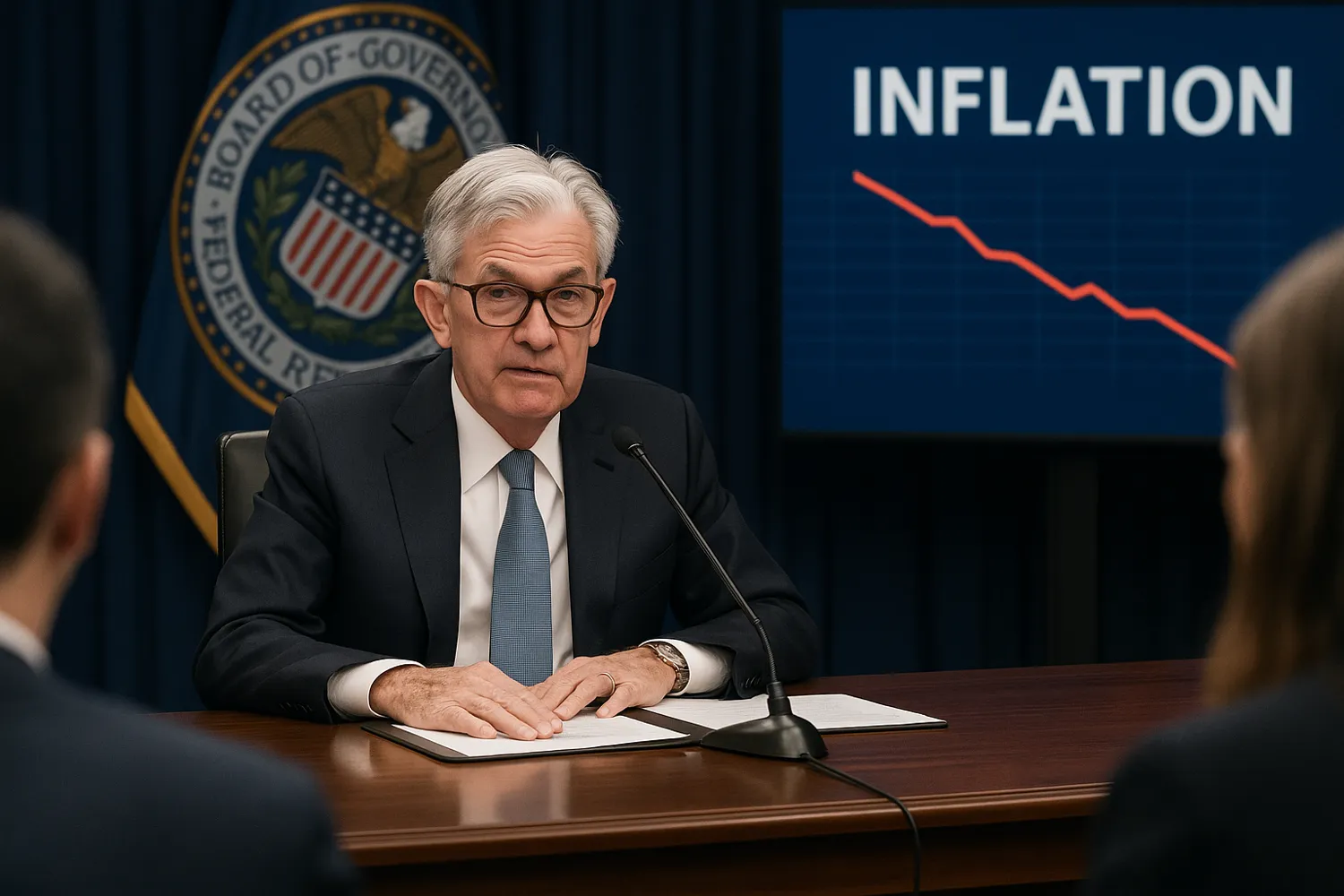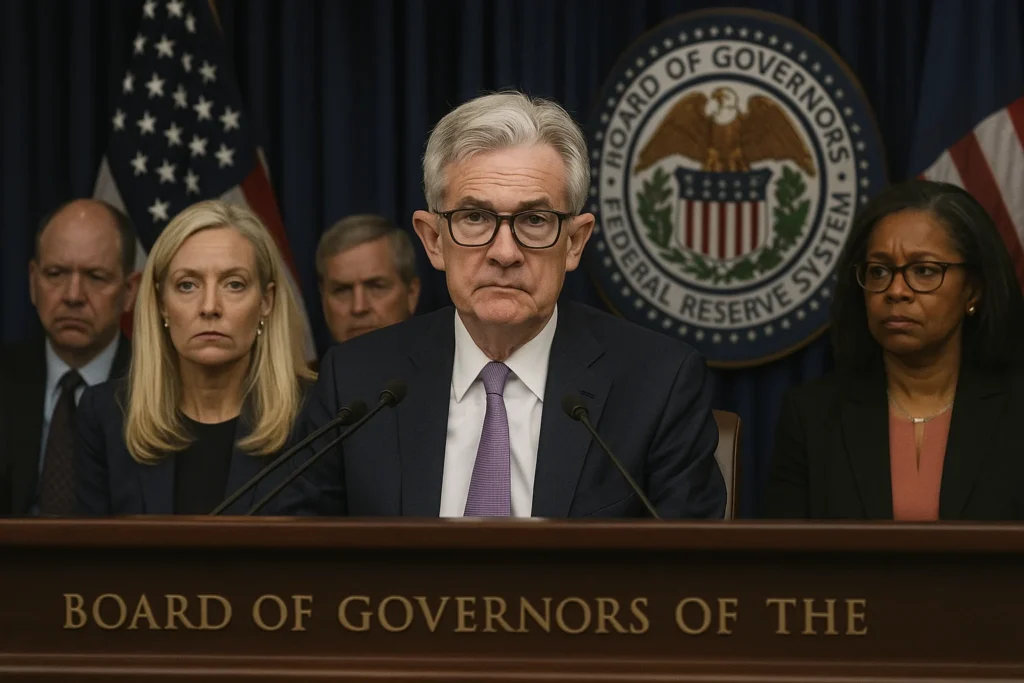The Federal Reserve rate cuts debate has shifted into dangerous territory. Officials insist they are acting responsibly, yet their hesitation reveals something deeper: the U.S. economy is trapped between political narratives and market expectations. Inflation above 2% is not just a number; it is a weapon used to justify tighter control over growth. This is not about “price stability”—it is about protecting Wall Street while leaving workers to absorb the shock.
Context: the official narrative
According to the Federal Reserve, the economy remains “resilient.” Growth is robust, unemployment low, and consumer demand strong. In this framework, slowing the pace of Federal Reserve rate cuts in 2026 is framed as prudence. Policymakers claim their dual mandate—price stability and employment—requires vigilance. On paper, this sounds logical. Inflation sticking above 2% is the pretext for keeping financial conditions tight, even when global markets anticipate relief.
Mainstream outlets echo this message. Bloomberg highlights how “robust labor market strength” and “solid GDP expansion” justify delay . The press frames the story as responsible stewardship: the Fed is guarding the economy against overheating. But behind the curtain, the real beneficiaries are creditors, investors, and banks.
Oppositional Argument: the hidden agenda
Here is the problem: the Federal Reserve rate cuts are not about inflation. They are about power. When inflation erodes savings, households suffer. But when the Fed keeps rates higher for longer, debtors—ordinary Americans with mortgages, credit cards, and student loans—bleed. Who wins? Banks, hedge funds, and bond markets.
The narrative of caution disguises a structural bias. The Fed has always leaned toward financial stability over social stability. Inflation becomes a convenient excuse. The truth is that an inflation rate slightly above 2% is not catastrophic; it reflects a dynamic economy. Yet the Fed clings to an arbitrary number as if it were holy scripture.
Analytical Breakdown: causes and consequences
The obsession with inflation is not new. Since the Volcker era in the 1980s, central bankers have fetishized price stability. But times have changed. Global supply chains, technology, and geopolitical conflicts drive price pressures far beyond domestic policy. For instance, energy shocks and shipping bottlenecks cannot be solved with interest rates.
By slowing Federal Reserve rate cuts, policymakers risk pushing the economy into stagnation. Higher borrowing costs chill small business investment and crush household budgets. Student debt payments, already resumed after pandemic relief, hit millions hard. The supposed “robust labor market” hides weak wage growth compared to rising living costs.
Insiders in financial circles admit this. According to leaked notes from a recent Jackson Hole meeting, some governors fear “political backlash” if cuts arrive too quickly. Translation: the Fed is less concerned with inflation and more concerned with optics.
Human Perspective: the cost of hesitation
Talk to families in Detroit, Dallas, or Denver, and you’ll hear the same story. Mortgage payments remain inflated. Credit card interest rates touch 25%. Car loans suffocate young workers. The Federal Reserve rate cuts could offer relief, but delay means more defaults, more bankruptcies, more despair.
Consider a small manufacturer in Ohio. With credit tight, his expansion plans stall. Workers miss out on jobs. The Fed’s cautious language translates into lost livelihoods. For ordinary people, inflation is less damaging than the crushing weight of expensive debt.
Counterarguments
Critics argue that cutting rates too fast risks igniting another inflation spiral. They warn of repeating the 1970s, when policymakers “blinked” and inflation reaccelerated. But this comparison is misleading. The structural forces behind today’s inflation—energy transition, geopolitical fragmentation, corporate consolidation—cannot be tamed by marginal interest rate tweaks.
Moreover, the Fed’s credibility is not endangered by cutting rates; it is endangered by failing to adapt to reality. Anchoring policy to outdated fears undermines trust more than flexible action would.
Conclusion: time to break the script
The Federal Reserve rate cuts debate exposes a deeper truth: U.S. monetary policy is captured by financial elites. The 2% inflation target is less about stability and more about discipline. Discipline imposed not on markets, but on households.
It is time to demand accountability. If the Fed truly serves the public, it must stop hiding behind technocratic excuses and admit the political nature of its choices. America does not need endless caution; it needs courage to prioritize people over portfolios.
External Links
48 views






